July 28th 1914. The Eyewear of WWI, Part 1.
100 years is not as long as it might seem. It was only a couple years ago the last veteran of the The Great War passed away. He was Claude Choules (3 March 1901 – 5 May 2011). He predeceased the last Hapsburg Crown Prince Otto von Habsburg (20 November 1912 – 4 July 2011) by less than 2 months.
Some say The First World War is when the Modern world was really born. Certainly technology played a greater role than ever before. Air battles, submarine warfare, Chemical warfare all saw their large scale debut.
Over the coming month we’ll take a look at some of the eyewear developed during the War To End All Wars.
Today we’ll examine gas masks.
Initially French and German forces used tear gas in exploding shells against each other to little effect. The Germans graduated to chlorine gas by April of 1915. The French responded by developing phosgene.
Gas masks started out simple:
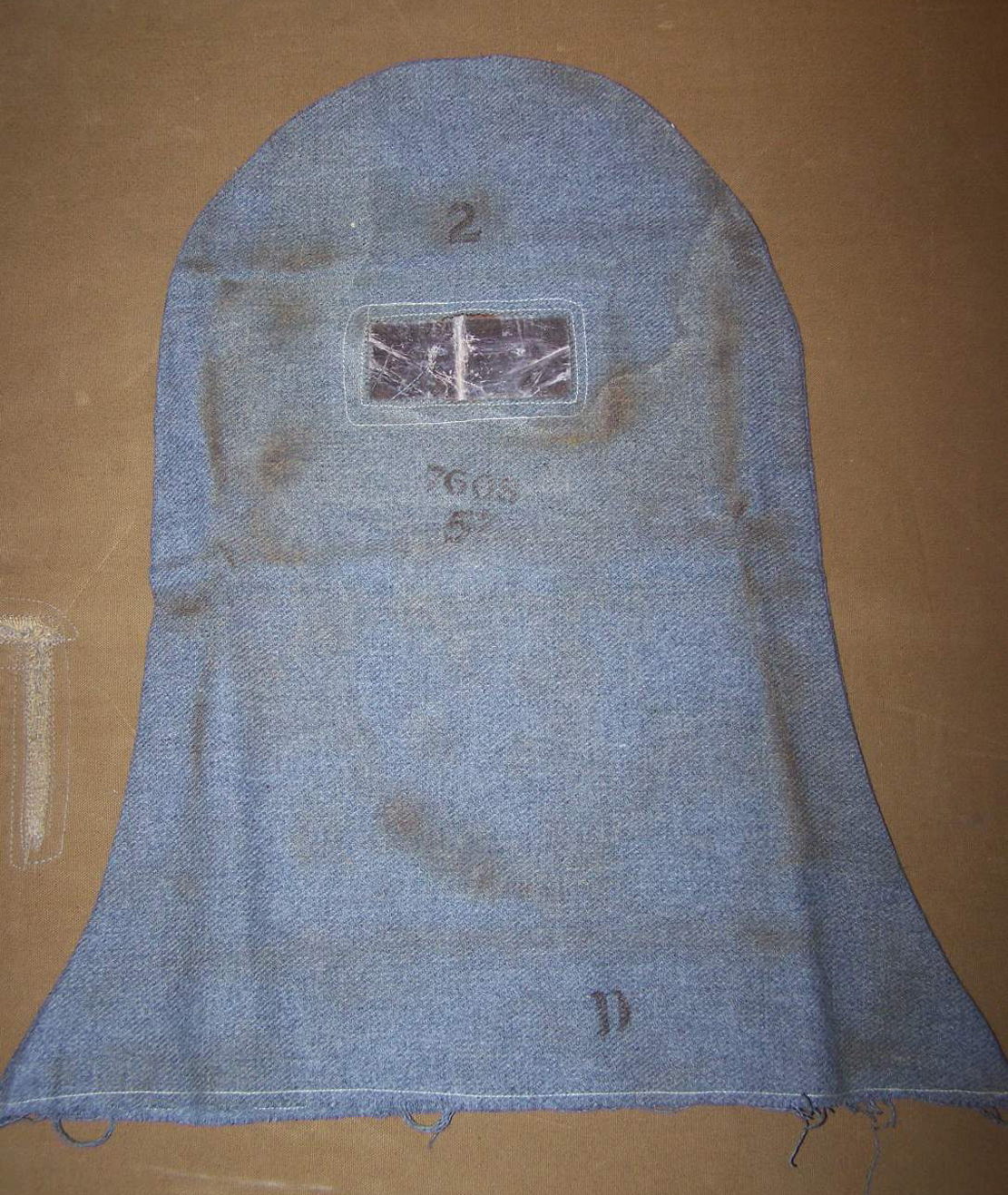
A British Hypo Helmet, circa Spring 1915. This was the first type of gas mask issued to soldiers. It was a simple cloth hood with a mica lens. It was soaked in glycerin and sodium thiosulphate and the soldier simply breathed in and out while wearing the hood over his head. Image sourced from warrelics.eu.
They evolved quickly:
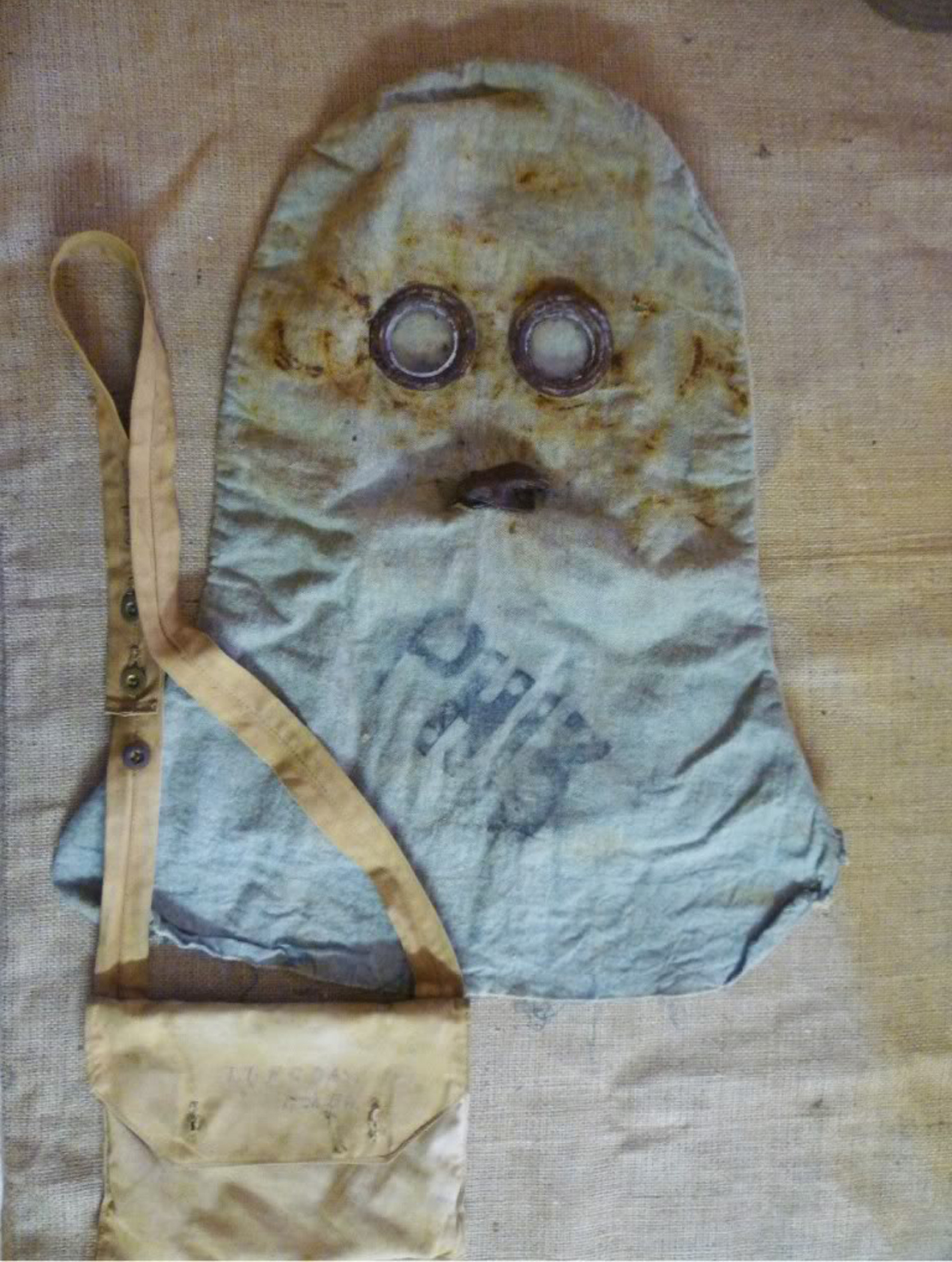
British PH Hood Gas Mask, circa Summer 1915. Similar to Hypo Hood only with 2 mica lenses and an exhaust valve. Image sourced from warrelics.eu.
Within a year the British introduced the Small Box Respirator, which filtered air through a canister of chemicals that rendered the gas harmless:
The use of poison gas was so pervasive that special gas masks for the horses of cavalry units and army mules were even developed:
But how did soldiers that needed corrective lenses see out of these things?
We’ll examine that tomorrow…
.
.
.
Subscribe.

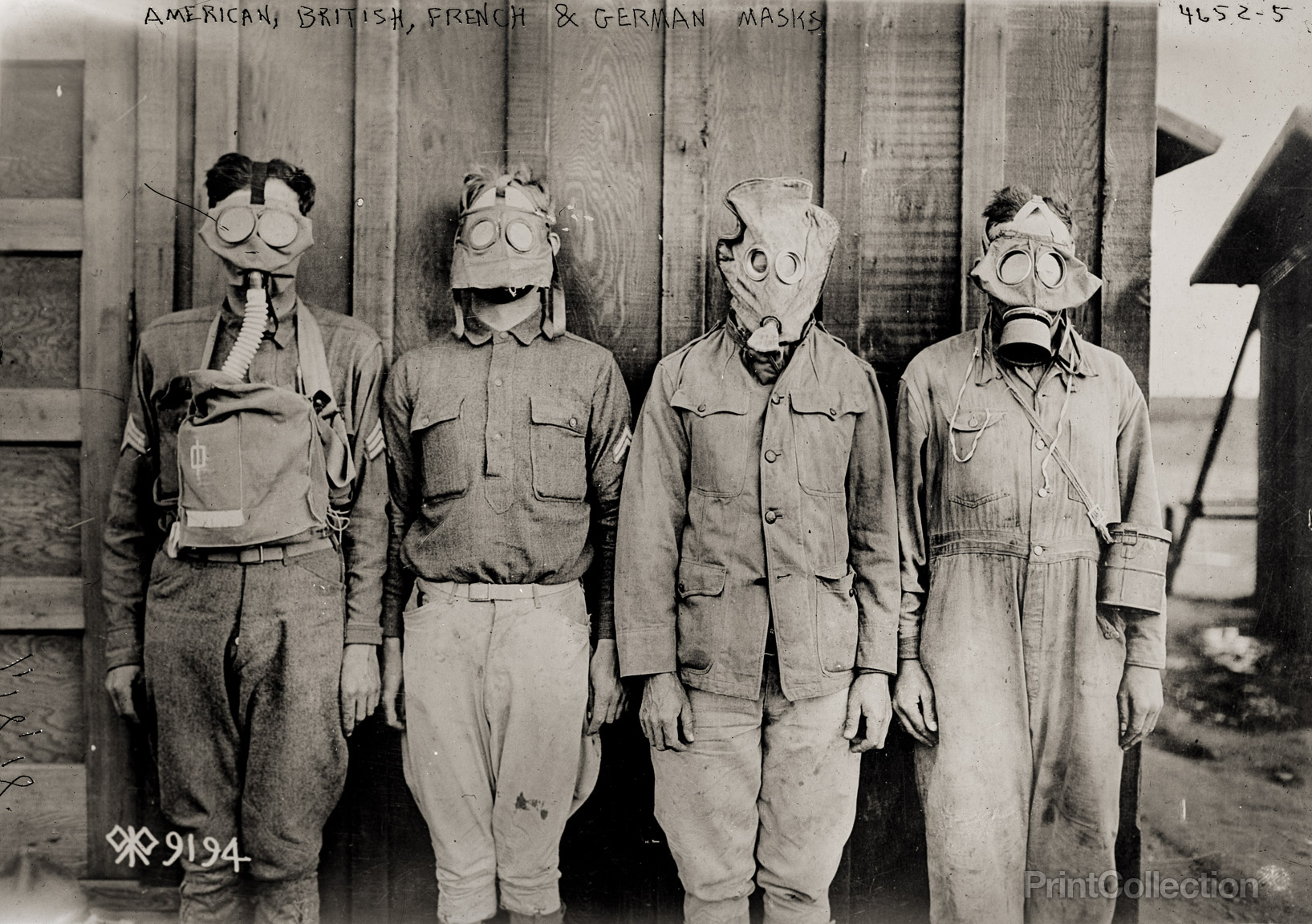
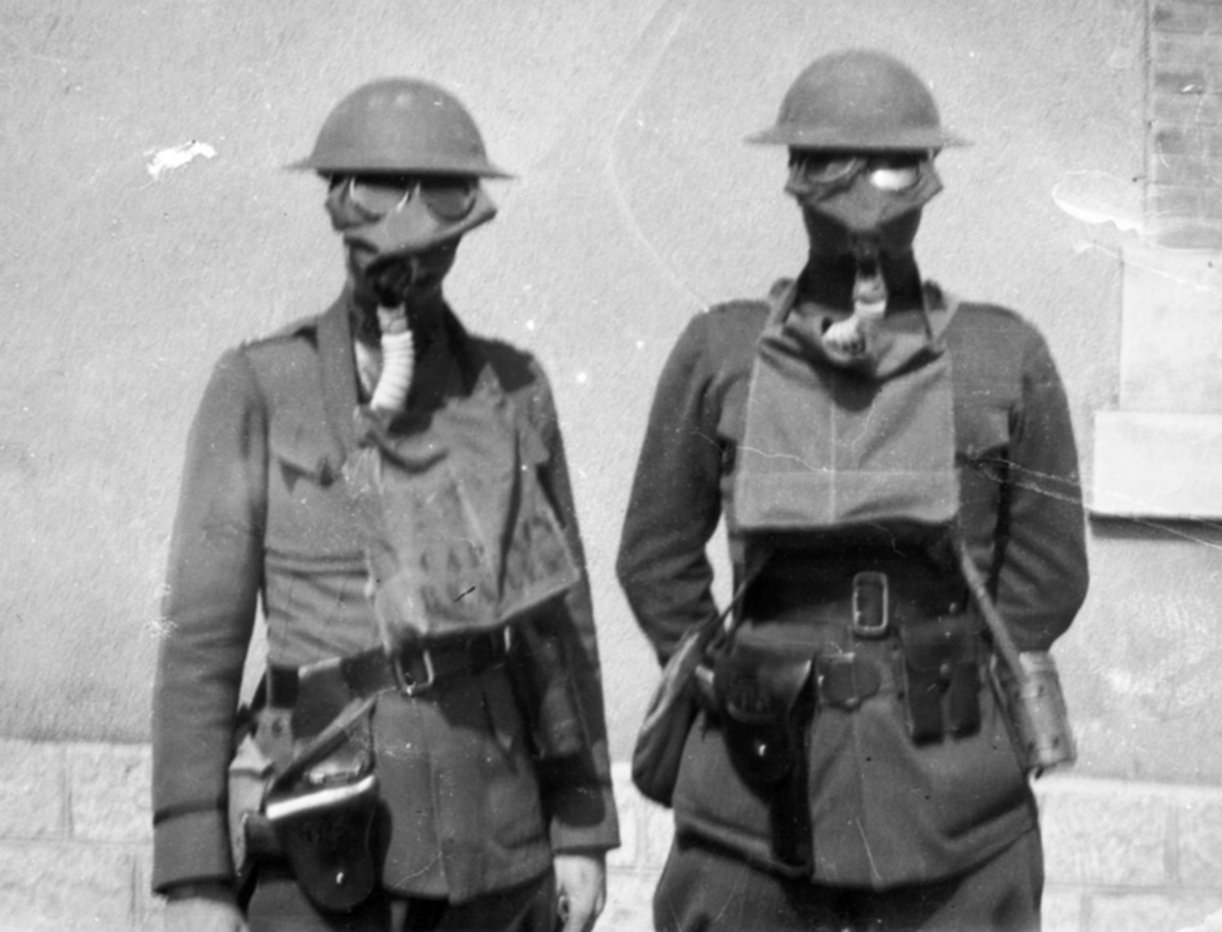
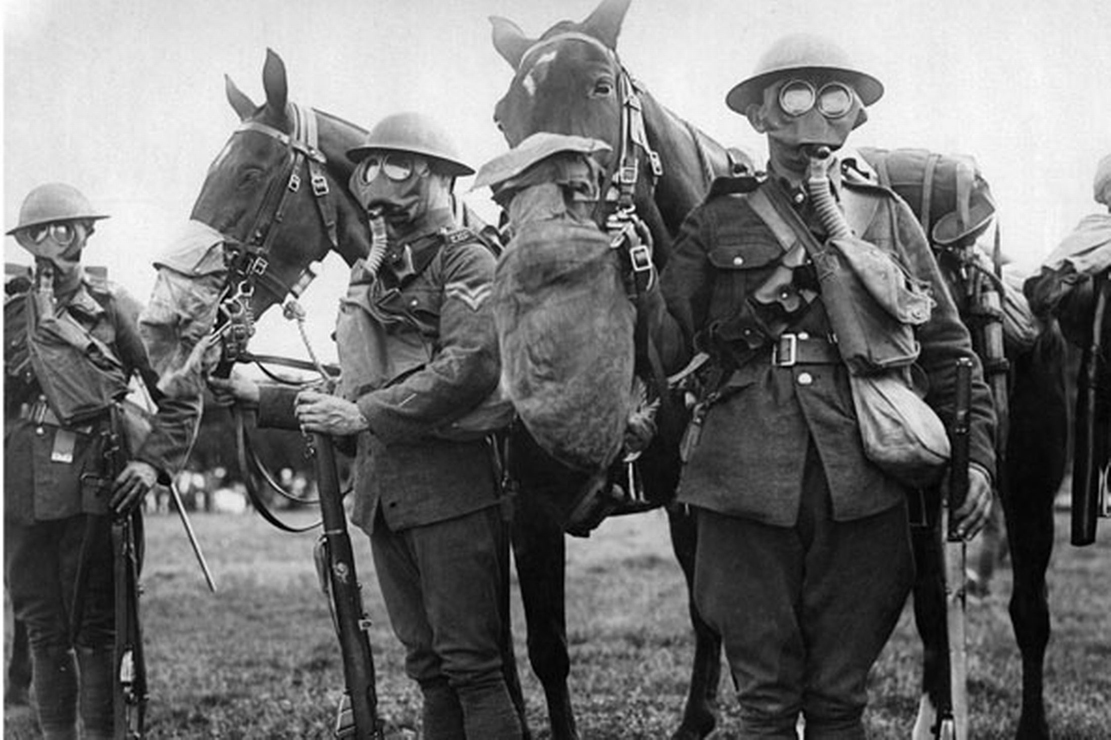
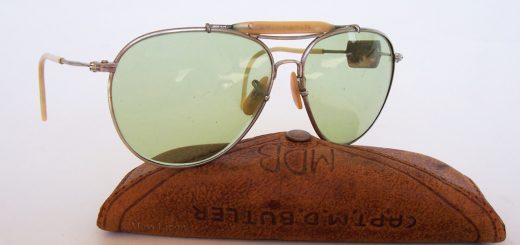

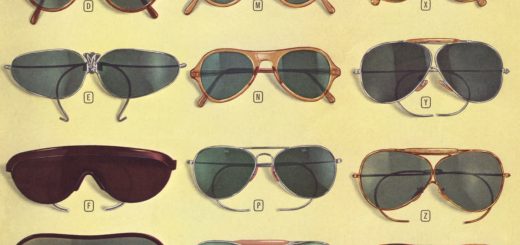
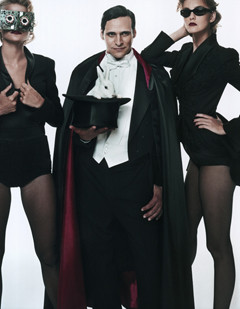
This was one of the best postings by far!
Strangely way fewer hits than usual so far. Then again some posts that get mediocre traffic when originally posted take on another life through search engine traffic.
It’s alway interesting to see what will happen.